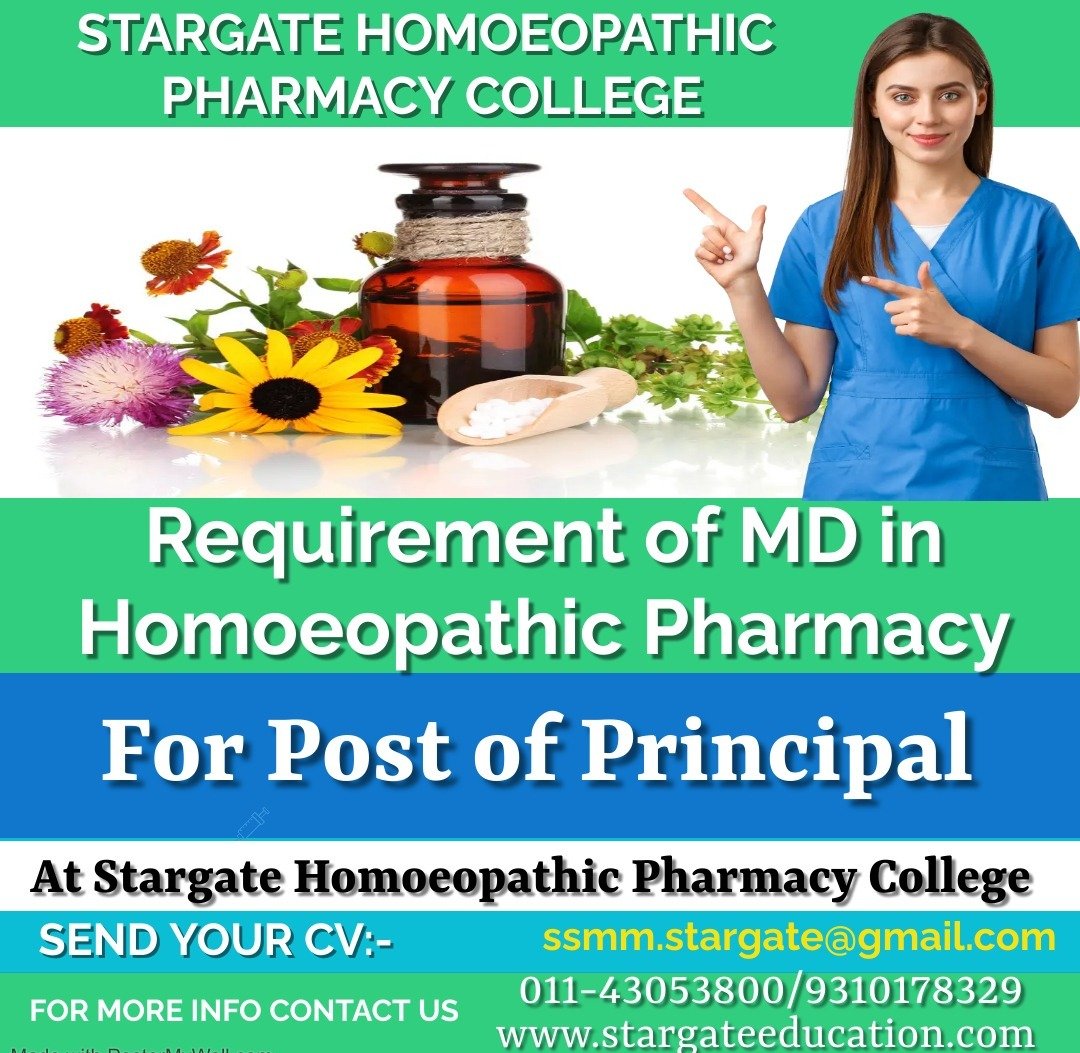Medicinal and Toilet Preparations (Excise Duties) Act, 1955 (as amended to date)
Medical Termination of Pregnancy Act, 1971 (as amended to date)
Functions and objectives of Hospital Pharmaceutical services.
Personnel and facilities requirements including equipments based on individual and basic needs.
Requirements and abilities required for Hospital Pharmacists.
In-patient services – (a) types of services (b) detailed discussion of Unit Dose system, Floor ward stock system, Satellite pharmacy services, Central sterile, Bed Side Pharmacy.
Nomenclature and uses of surgical instruments and Hospital Equipments and health accessories.
Surgical dressing like cotton, gauze, bandages and adhesive tapes including their Pharmacopoeial test for quality. Other hospital supply e.g. I.V. sets, B.G. sets, Ryle’s tubes, Catheters, Syringes etc.
Begin your journey with us!
Enter your details and one our counsellor will connect with you shortly.
Begin your journey with us!
Enter your details and one our counsellor will connect with you shortly.
Begin your journey with us!
Enter your details and start your mock test now.
Begin your journey with us!
Enter your details and one our counsellor will connect with you shortly.
Begin your journey with us!
Enter your details and one our counsellor will connect with you shortly.
Begin your journey with us!
Enter your details and one our counsellor will connect with you shortly.
Begin your journey with us!
Enter your details and one our counsellor will connect with you shortly.
Begin your journey with us!
Enter your details and one our counsellor will connect with you shortly.
Begin your journey with us!
Enter your details and one our counsellor will connect with you shortly.




[mailpoet_form id=”8″]
[mailpoet_form id=”6″]
[mailpoet_form id=”7″]
[mailpoet_form id=”2″]